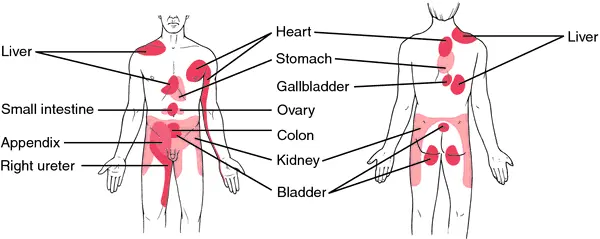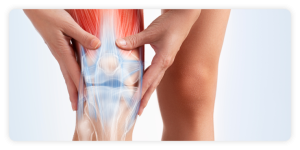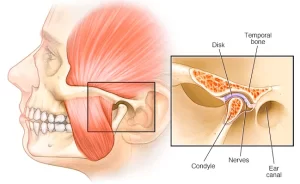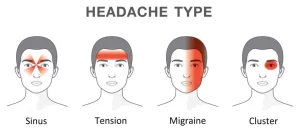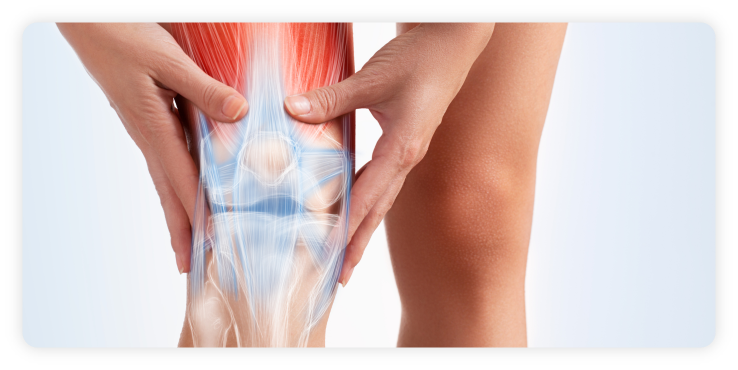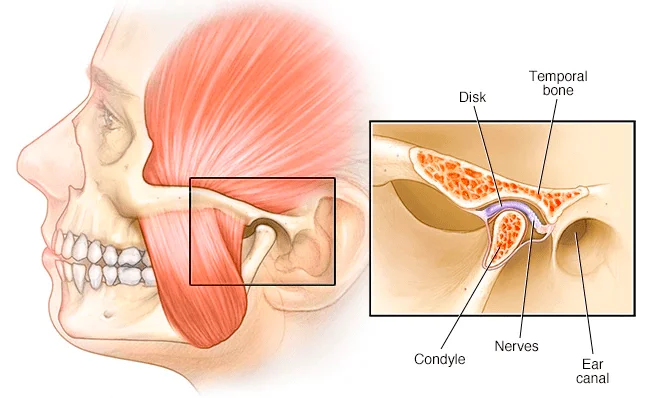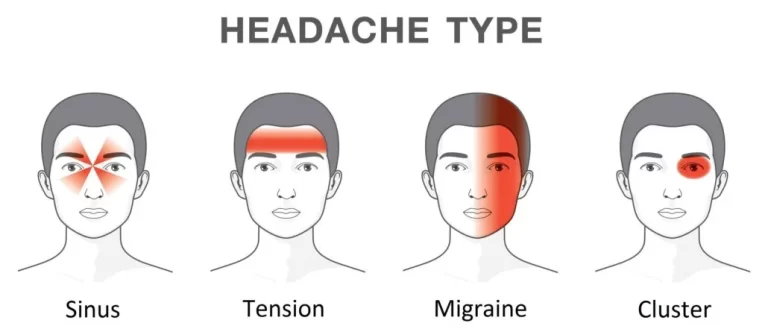Pain at a physiological level is a stimulation of sensitive nerve endings (nociceptive) either by chemical or mechanical means. This commonly arises through injury and its purpose is to inform us of tissue damage. These nerve endings are found everywhere in the body from the bone, skin, internal organs, joints, ligaments, cartilage, muscle, tendon, discs and neural structures.
So what is Referred Pain?
Joints, muscles and neural structures are richly innervated by many nerves and are common sources of pain. Local Pain arises when the source of pain gives rise to pain at that particular spot. In contrast, pain perceived at a distant spot is known as Referred Pain.
This will happen when the pain you feel in a certain part of your body is actually caused by pain or injury in another part of your body. This occurs because the nerves in your body are all connected. When your body experiences a pain stimulus, your nervous system carries the signal to your brain. The brain then sends a signal to your body that you are experiencing pain. In some instances, due to how the nerves are wired in your body, your brain will send a pain signal to a different part of your body rather than the area where the pain stems from, hence leading to Referred Pain.
Types of Referred Pain
There are two types of Referred Pain namely Radicular Pain and Somatic Pain. Radicular Pain is caused by nerve irritation or compression that leads to muscle weakness, sharp shooting pain and paraesthesia (pins and needles/numbness). Somatic or Musculoskeletal Pain occurs when pain receptors in tissues including the skin, muscles, skeleton, joints, and connective tissues are activated.
Radicular Pain
A common example of Radicular Pain is Sciatica. It is a condition where pain and paraesthesia is present down the back of the leg due to sciatic nerve injury. This condition is caused by lumbar spine (lower back) disc pathology that impinges on the sciatic nerve as it exits the spinal cord. It can also happen when there is irritation anywhere along its course.
Somatic or Musculoskeletal Pain
The other type of Referred Pain is called Somatic or Musculoskeletal Pain. This pain is not associated with paraesthesia. The nature of the pain is harder to localise and not as sharp as Radicular Pain. Discs, joints, muscles and ligaments can cause this type of pain. An example to illustrate would be shoulder pain, whereby it is commonly Referred Pain from the cervical spine joints. Treating the shoulder does little to help if it is not the cause but mobilising the neck does.
Examples of Referred Pain
Here are some examples of Referred Pain:
- Pain in Hand, Shoulders and Elbows, could mean Referred Pain in Neck
- Pain in Knees, could mean Referred Hip Arthritis Pain
- Pain in Right Shoulder, could mean Referred Pain in Liver or Gallbladder
- Pain in Left Shoulder, could mean Referred Pain in Spleen or Stomach
- Pain in Mid Back or Lower Back, could mean Referred Pain in Kidney, UTI infections or Small Intestines
- Pain in Mid Back between shoulder blades, could mean Referred Pain in GERD Indigestion
Referred Pain Treatment
In most cases, a physical therapist is able to evaluate and treat this kind of pain. Every structure deep in the body has a specific Referred Pain Pattern that helps your therapist determine your musculoskeletal issue. Targeted questions and specific tests will be carried out to find the true source of your concerns. It often tends to spread further from the source or peripheralise, as the structure is more irritated. One of the main goals of the treatment interventions will be bringing the pain back or centralising towards the actual source of your pain. If in doubt, please seek professional advice.
Need Help Understanding Referred Pain?
Referred pain can sometimes be challenging to trace without a detailed understanding of the body’s interconnected systems. A thorough osteopathic assessment may help uncover underlying causes and guide appropriate care. Learn more about consulting an osteopath in Singapore.
Check out our popular articles: Diastasis Recti, Tight Back Muscles, Irritable Bowel Syndrome (IBS), Temporomandibular Joint (TMJ) Dysfunction, Tennis Elbow, Wrist Tendon Injury, Sciatica, Whiplash, Hernia, Herniated Disc (Slipped Disc).
